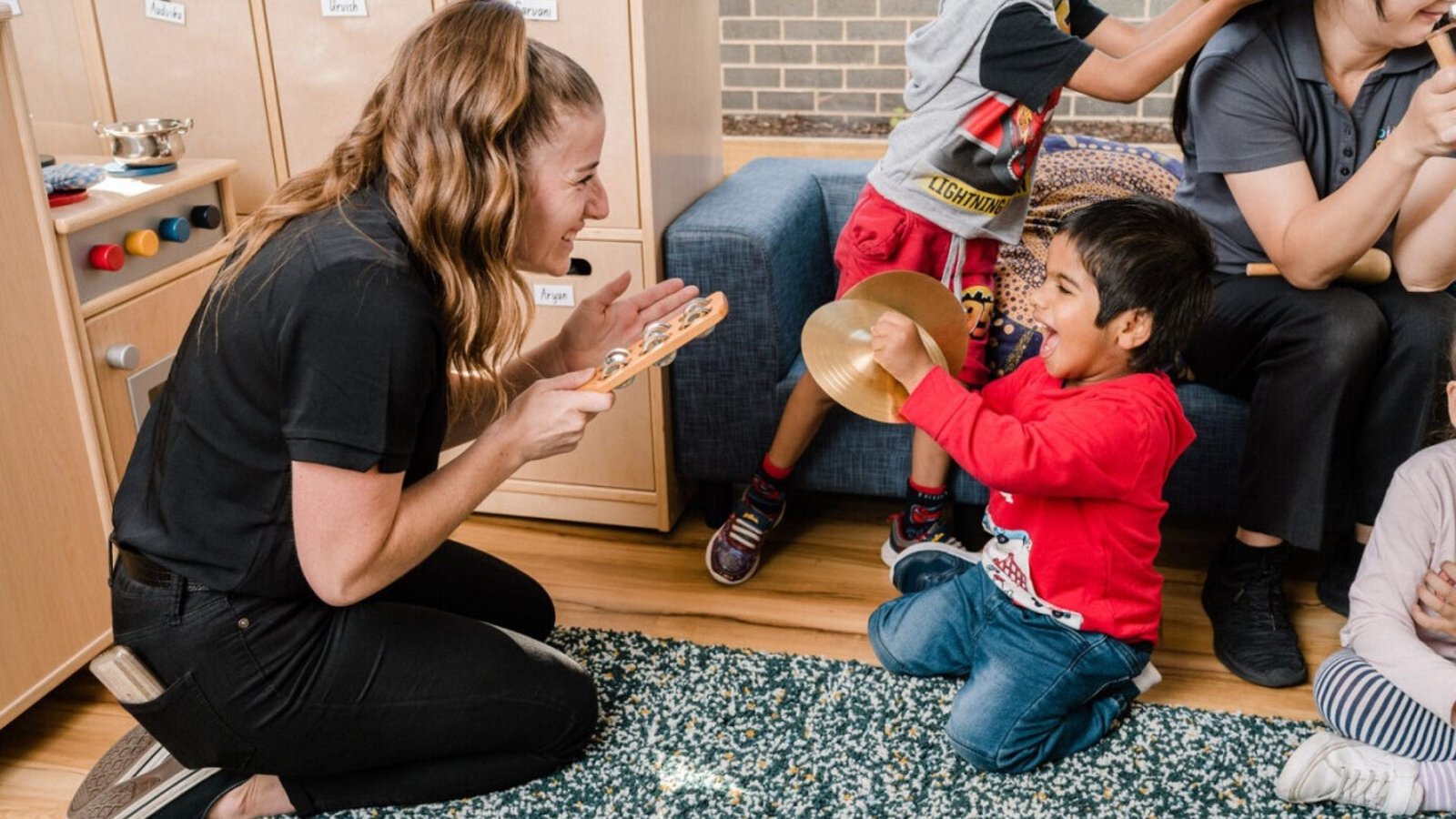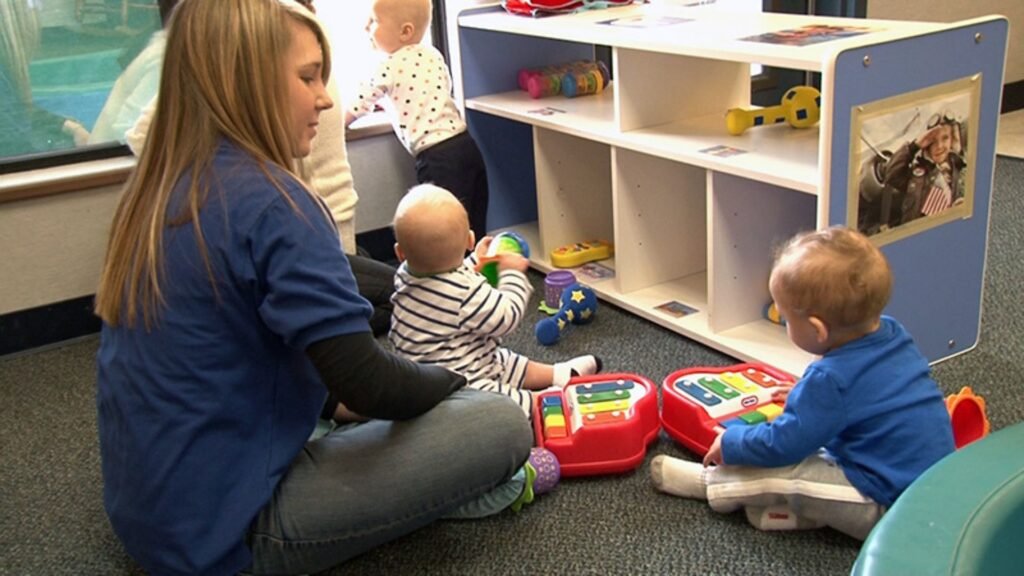Creating a safe and stimulating play environment is crucial for children’s development. Whether at home or in a daycare setting, children need a space where they can explore, learn, and grow while remaining safe. This article will guide you through the essentials of creating such an environment, ensuring that kids have both a secure and enriching place to play.
Understanding the Importance of a Safe and Stimulating Play Environment
Creating a safe and stimulating play environment is about balancing safety with opportunities for learning and development. Safety ensures that children can explore and play without risk of injury, while stimulation encourages creativity, problem-solving, and social interaction. Both elements are crucial for fostering a child’s overall growth.

Ensure Physical Safety First
The first step in creating a safe and stimulating play environment is to focus on physical safety. This means removing any hazards that could cause injury. Check for sharp edges, small objects that could be choking hazards, and unstable furniture. Soft, cushioned flooring can prevent injuries from falls, and safety gates can keep children away from stairs or dangerous areas. Regularly inspect the play area to make sure it remains safe as children grow and their play evolves.
Design a Space for Exploration
A stimulating play environment encourages children to explore and learn. Design the space with different activity zones that cater to various interests and developmental stages. Include areas for active play, such as climbing structures and ride-on toys, as well as quieter zones for reading or building with blocks. By providing diverse options, you stimulate different aspects of a child’s development and keep them engaged.
Incorporate Educational Toys and Materials
To enhance the learning experience, include educational toys and materials in the play area. Puzzles, building blocks, art supplies, and interactive games can promote cognitive skills and creativity. Choose toys that are age-appropriate and encourage problem-solving, fine motor skills, and imaginative play. Regularly rotate these materials to maintain interest and challenge children in new ways.
Foster Social Interaction
Creating a stimulating play environment also involves promoting social interaction. Design spaces where children can play together, such as group games and cooperative activities. Provide toys and tools that encourage sharing and teamwork, like board games or large building sets. Group play helps develop communication skills, empathy, and teamwork, which are essential for social development.
Use Color and Texture Creatively
The visual and tactile aspects of the play environment can greatly impact a child’s engagement. Use vibrant colors and varied textures to create a visually appealing and stimulating space. Bright colors can energize and excite, while different textures, like soft rugs or textured wall panels, provide sensory experiences. These elements make the environment more engaging and can enhance a child’s sensory development.
Create a Routine and Structure
While flexibility is important, creating a routine and structure within the play environment helps children feel secure. Establish regular playtimes and activities to provide a sense of predictability. This routine helps children understand what to expect and allows them to focus more on exploring and learning. Incorporate structured play activities alongside free play to balance routine with creativity.
Promote Independence and Choice
Allowing children to make choices and be independent in their play supports their confidence and decision-making skills. Set up the play environment so that children can easily access and choose their toys and materials. Encourage them to make decisions about what to play with and how to play, providing guidance and support as needed. This autonomy fosters a sense of control and encourages self-directed learning.
Involve Children in the Process
Engage children in setting up and organizing their play environment. When children help arrange their play space or choose new toys, they feel a sense of ownership and investment. Involve them in discussions about what they enjoy and what they would like to see in their play area. This involvement not only makes the environment more tailored to their interests but also teaches them responsibility.
Ensure Regular Updates and Maintenance
A stimulating play environment is not static; it needs regular updates and maintenance. As children grow and their interests change, the play area should evolve to meet their new needs and preferences. Periodically review and refresh the space, adding new toys or rearranging the layout to keep it engaging. Regular maintenance ensures that safety standards are upheld and the environment remains appealing.
Conclusion
Creating a safe and stimulating play environment involves ensuring physical safety, designing engaging activity zones, and incorporating educational materials. By fostering social interaction, using color and texture creatively, and providing structure and choice, you support children’s development in a balanced way. Involving children in the process and regularly updating the environment keeps it dynamic and responsive to their needs. With these strategies, you can create a play space that nurtures both safety and growth, helping children thrive in their play and learning experiences.

